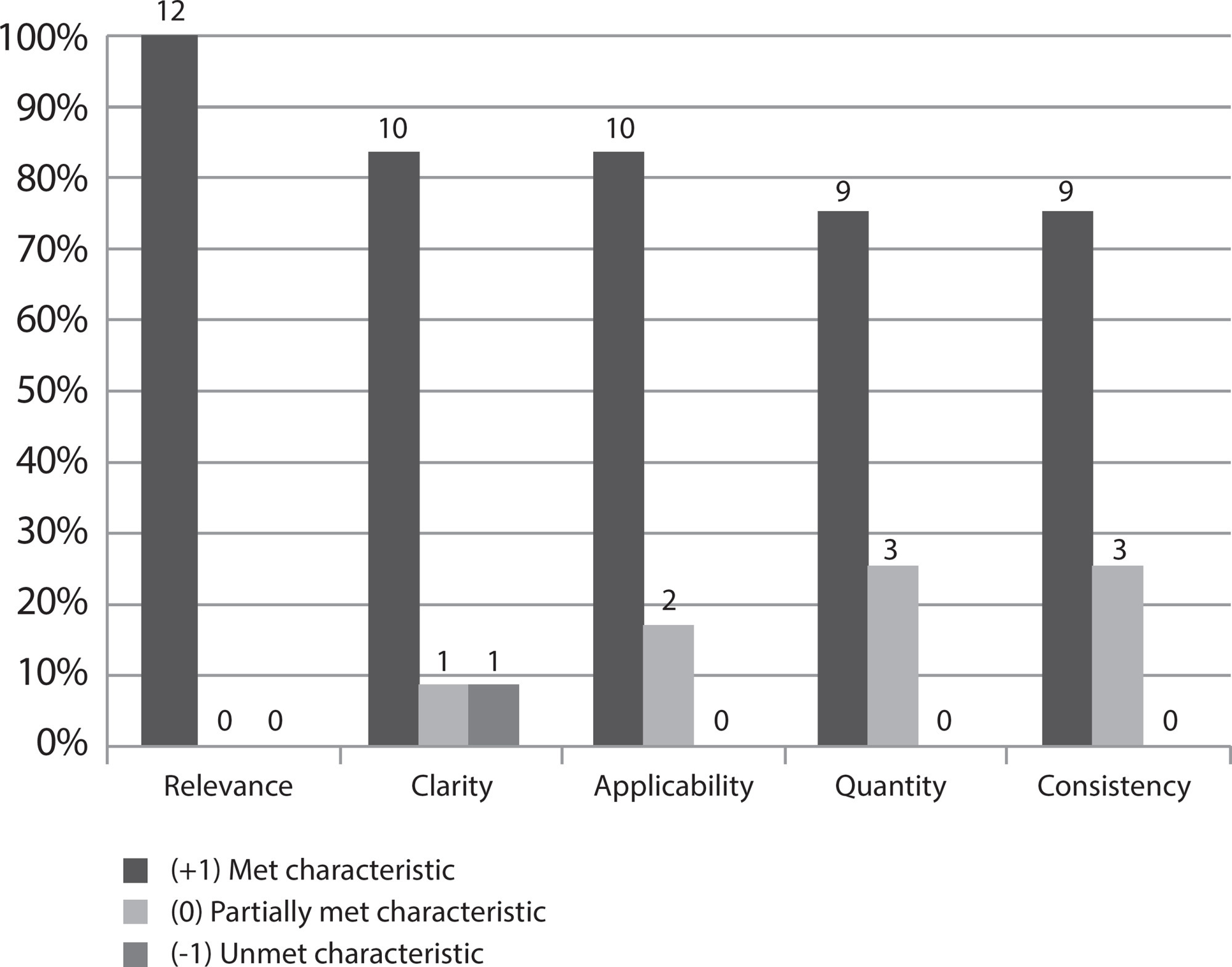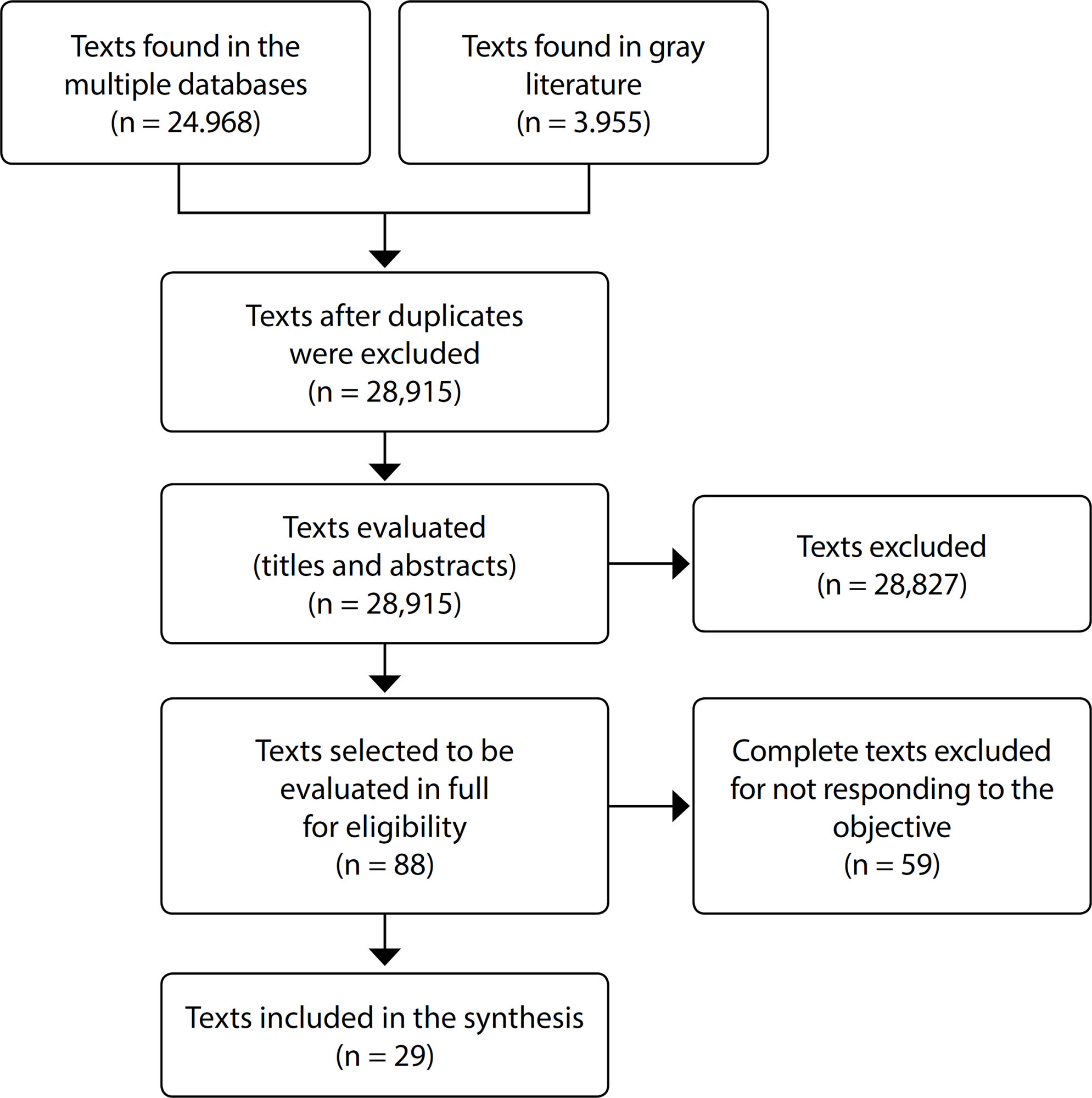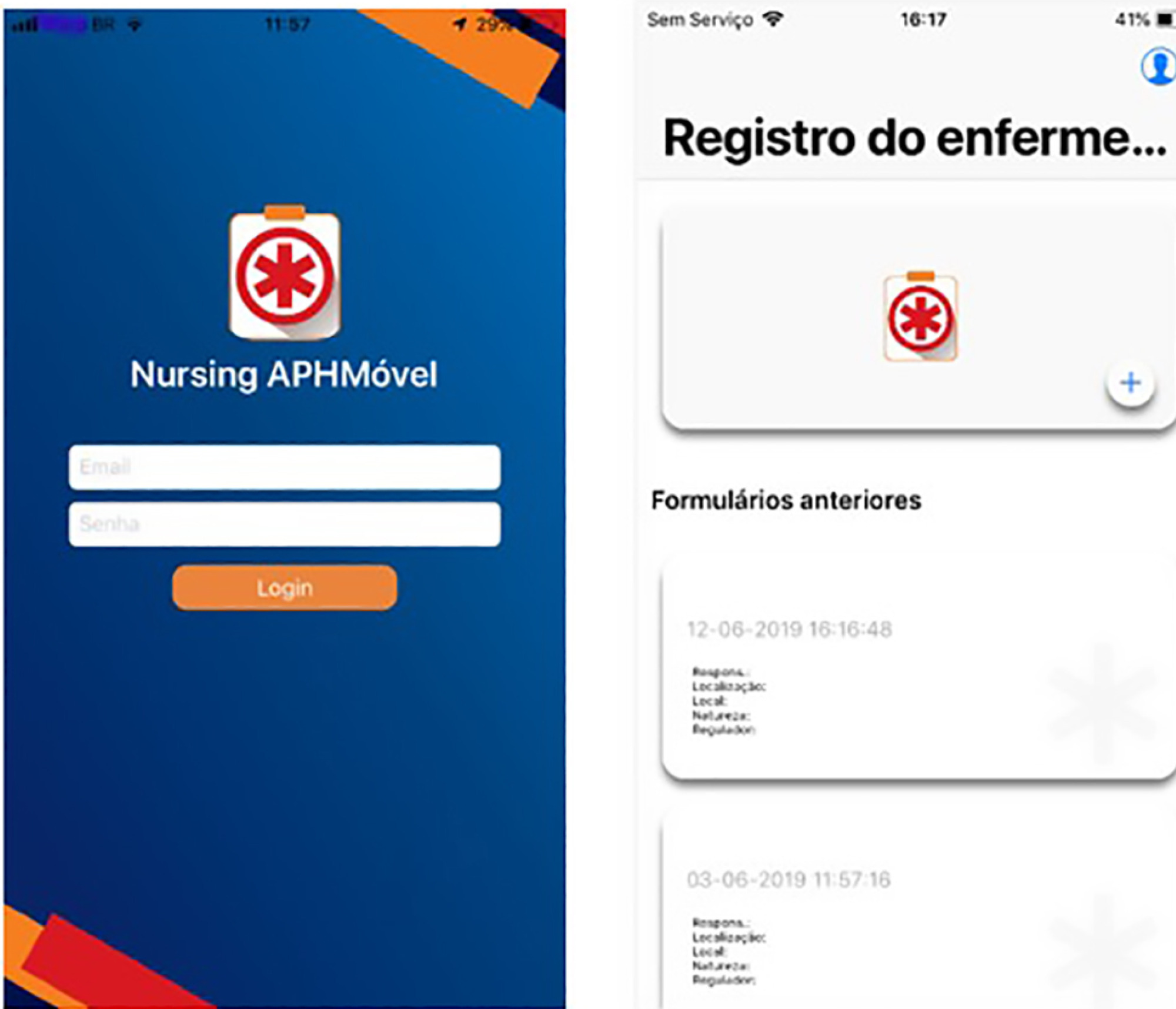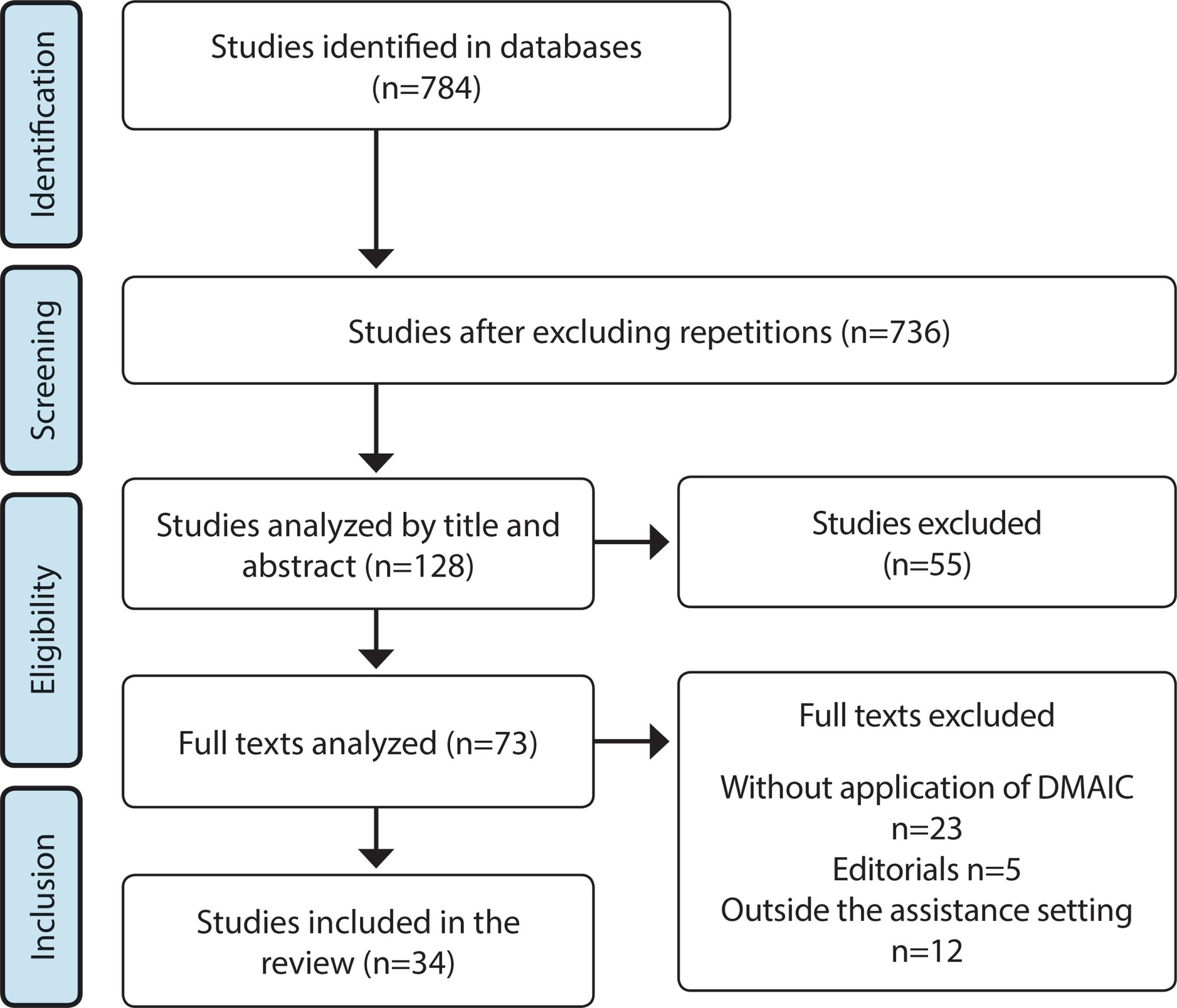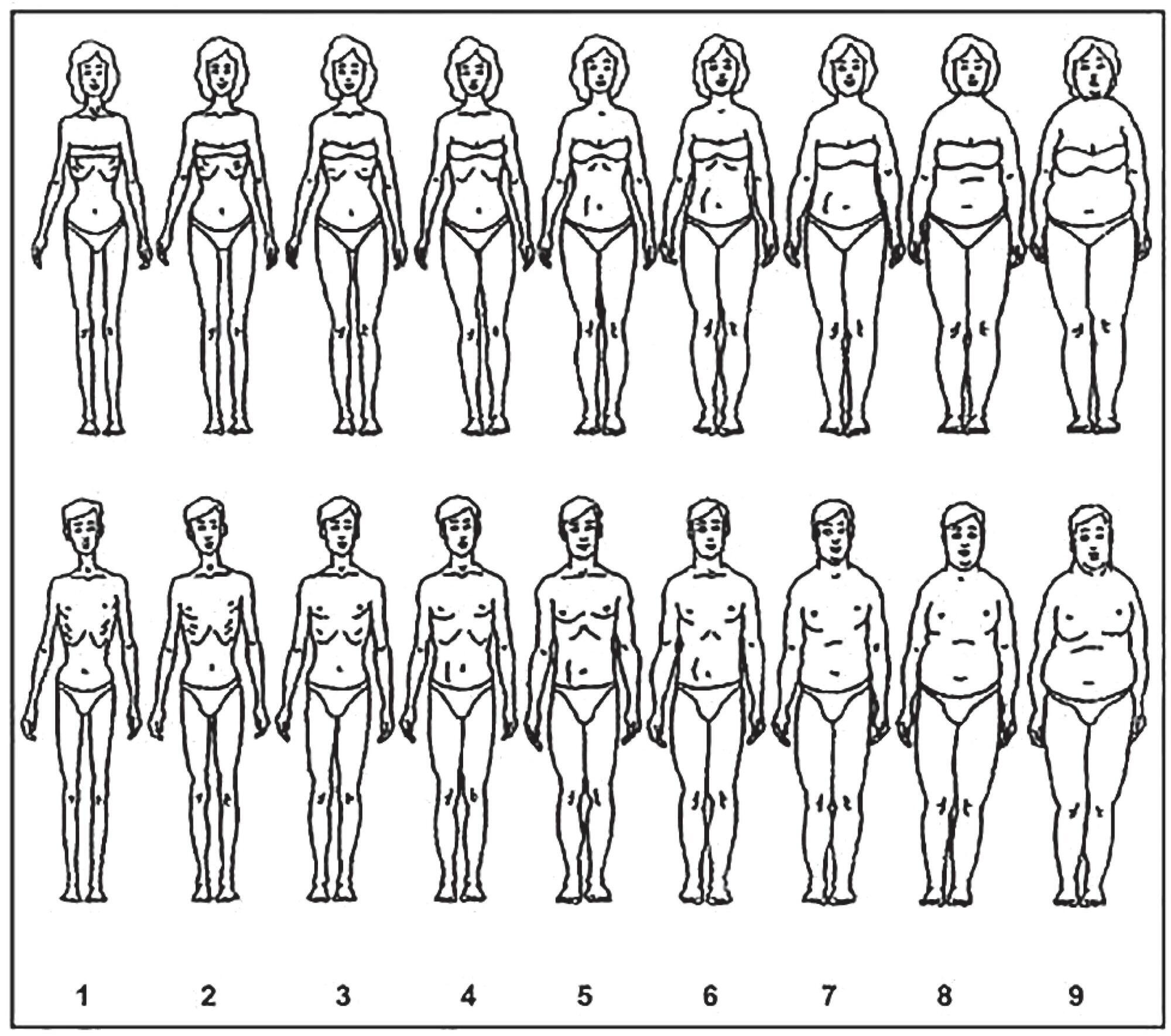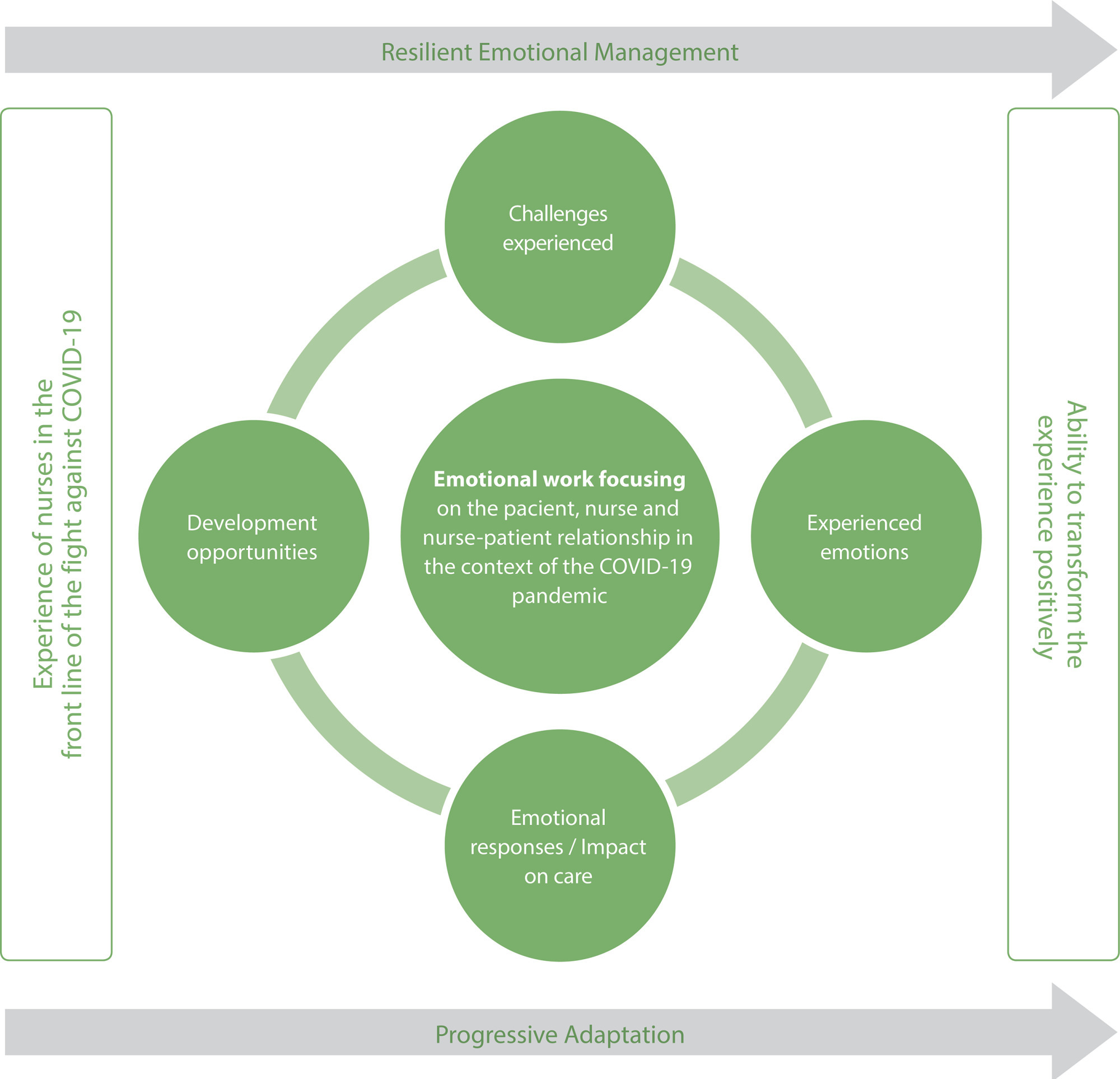-
01-01-2016
Prevalence and factors associated with traffic accidents involving motorcycle taxis
Revista Brasileira de Enfermagem. 2016;69(2):382-388
Abstract
Prevalence and factors associated with traffic accidents involving motorcycle taxis
Revista Brasileira de Enfermagem. 2016;69(2):382-388
DOI 10.1590/0034-7167.2016690223i
Views0See moreABSTRACT
Objective:
to determine the prevalence of motorcycle accidents involving motorcycle taxi drivers and associated factors.
Method:
this is a cross-sectional and exploratory study, with application of questionnaires to motorcycle taxi drivers of 32 regions of Caicó, Rio Grande do Norte, Brazil (N=420).
Results:
motorcycle taxi drivers have a high level of daily working hours (12 hours on average), and it was found that 63.6% were involved in at least one motorcycling accident. The occurence of motorcycling accidents was significantly associated only to level of education (p<0.001), with no significant association with the other variables, such as age (p=0.132), time of service (p=0.744) and working hours (p=0.830).
Conclusion:
it is necessary to implement preventive and educational actions with motorcycle taxi drivers and users of this service concerning accidents and emergency measures, due to constant exposure to accidents during work routine.
-
01-01-2016
Characterization of undergraduate nursing courses according to the National Student Performance Exam
Revista Brasileira de Enfermagem. 2016;69(2):375-381
Abstract
Characterization of undergraduate nursing courses according to the National Student Performance Exam
Revista Brasileira de Enfermagem. 2016;69(2):375-381
DOI 10.1590/0034-7167.2016690222i
Views0See moreABSTRACT
Objective:
to characterize undergraduate nursing courses according to Enade (National Student Performance Exam) in 2010 and 2013.
Method:
a quantitative documental study was performed and descriptive statistics was used for data organization and analysis.
Results:
Enade report analysis enabled the identification of a reduction in the total number of institutions providing undergraduate nursing courses that passed the evaluation process. The Southeastern, Northeastern and Southern regions of Brazil included the highest numbers of courses assessed and showed the best results in the two evaluation cycles. Additionally, the courses characterized as “without a ranking” were mainly held at private institutions.
Conclusion:
the results of these evaluation cycles are important to support investigative and intervention processes about and with undergraduate nursing courses.
-
01-01-2016
Teaching airway management with laryngeal mask: randomized controlled trial
Revista Brasileira de Enfermagem. 2016;69(2):368-374
Abstract
Teaching airway management with laryngeal mask: randomized controlled trial
Revista Brasileira de Enfermagem. 2016;69(2):368-374
DOI 10.1590/0034-7167.2016690221i
Views0See moreABSTRACT
Objective:
to teach airway management with laryngeal mask to nursing students through dialogic lectures along with laboratory activities or exclusively through simulation class.
Method:
randomized controlled trial. Population: eighth semester bachelor’s degree students. Sample: 17 students randomized in the intervention group (IG: simulation class) or control group (CG: dialogic lecture along with laboratory activities). Elaborated and validated instruments: written test, simulation scenario, objective structured clinical examination (checklist). Data collected from workshop. Structured clinical examination in simulation scenario filmed and evaluated by 3 experts, and written tests were applied.
Results:
24.4±4.2 years old. Right answers percentage: CG: pre-test 66±10%; post-test 84±8%. IG: pre-test 65±5%; post-test 86±11%. Scenario: CG 78±5.2%; IG 84±8.9%.
Conclusion:
strategies allowed the development of knowledge, skills and decision-making, which are essential to achieve the scenario objectives. Knowledge was incorporated in airway management with laryngeal mask, shown by the increase in the scenario and written tests scores.
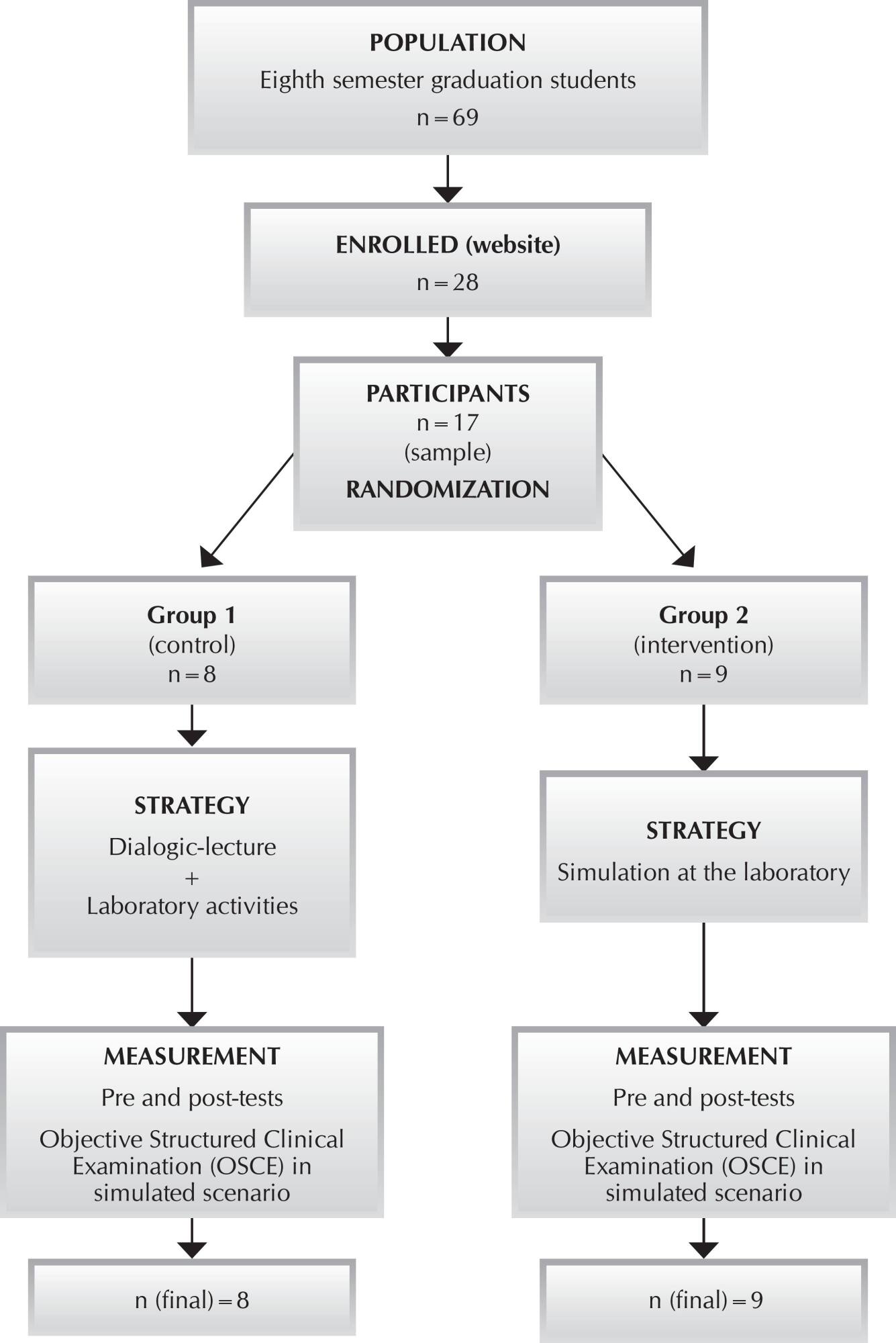
-
01-01-2016
Influence of the São Paulo State innovative models on Brazil’s mental health policy
Revista Brasileira de Enfermagem. 2016;69(2):360-367
Abstract
Influence of the São Paulo State innovative models on Brazil’s mental health policy
Revista Brasileira de Enfermagem. 2016;69(2):360-367
DOI 10.1590/0034-7167.2016690220i
Views0See moreABSTRACT
Objective:
to analyze the influence of two São Paulo State experiences in the choice of psychosocial care centers as guiding service providers for the national mental health policy.
Method:
qualitative, exploratory, and descriptive study using oral history as a methodology and theoretical reference.
Results:
eight professionals involved in the deployment of the mental health policy in the cities of Santos and São Paulo between the years 1989 and 1992 were interviewed. Data were analyzed after treating the narratives and grouping the most significant content. Two central themes emerged: development of the local-regional model, and the model’s influence on the choice of the psychosocial care center.
Conclusion:
due to greater insertion of the Santos experience group in the spheres of the federal government, its influence on the choice of the substitute model was higher in ideological terms, whereas the São Paulo model had its influence restricted for political reasons.
-
01-01-2016
Stress and cardiovascular risk: multi-professional intervention in health education
Revista Brasileira de Enfermagem. 2016;69(2):351-359
Abstract
Stress and cardiovascular risk: multi-professional intervention in health education
Revista Brasileira de Enfermagem. 2016;69(2):351-359
DOI 10.1590/0034-7167.2016690219i
Views0See moreABSTRACT
Objective:
to identify cardiovascular risk in educators (administrators and teachers) from the South region of Brazil, evaluated before and after intervention with stress management activities and health education.
Method:
longitudinal study of the before and after type. The sample consisted of 49 participants. Variables studied were socio-demographic, morbidity antecedents and lifestyle habits. Measured risk factors for cardiovascular disease were arterial blood pressure, body mass index, ratio of waist to hip size, lipid profile and capillary blood glucose. Stress levels were evaluated using the Lipp Stress Symptoms Inventory (LSSI). The study ran for four months, with weekly meetings of a multidisciplinary team.
Results:
after intervention, the study observed a statistically significant reduction of the investigated variables, except for blood glucose levels in the administrators group.
Conclusion:
stress management activities are potential tools in the identification and control of the risk factors studied, particularly in those involving multi- and trans-disciplinary focus.
-
01-01-2016
Social representations of nursing students about hospital assistance and primary health care
Revista Brasileira de Enfermagem. 2016;69(2):343-350
Abstract
Social representations of nursing students about hospital assistance and primary health care
Revista Brasileira de Enfermagem. 2016;69(2):343-350
DOI 10.1590/0034-7167.2016690218i
Views0See moreABSTRACT
Objective:
To analyze how social representations of hospital and community care are structured in two groups of nursing students – 1st and 4th years.
Method:
Qualitative research oriented by the Theory of Social Representations. We used a questionnaire with Free Association of Words. Data were analyzed in the Software IRaMuTeQ 0.6 alpha 3.
Results:
We applied the method of Descending Hierarchical Classification and obtained four classes. Class 4 has the largest social representation (30.41%) within the corpus. The two organizational axes are nurse and disease/patient in the central core. On the periphery are the care and help related to the nurse and the treatment and prevention associated with the disease.
Conclusion:
Social representations focus on disease/patient and on the role of nurses in the treatment, prevention, and care. Health promotion and the social determinants of health are absent from the social representations of students.
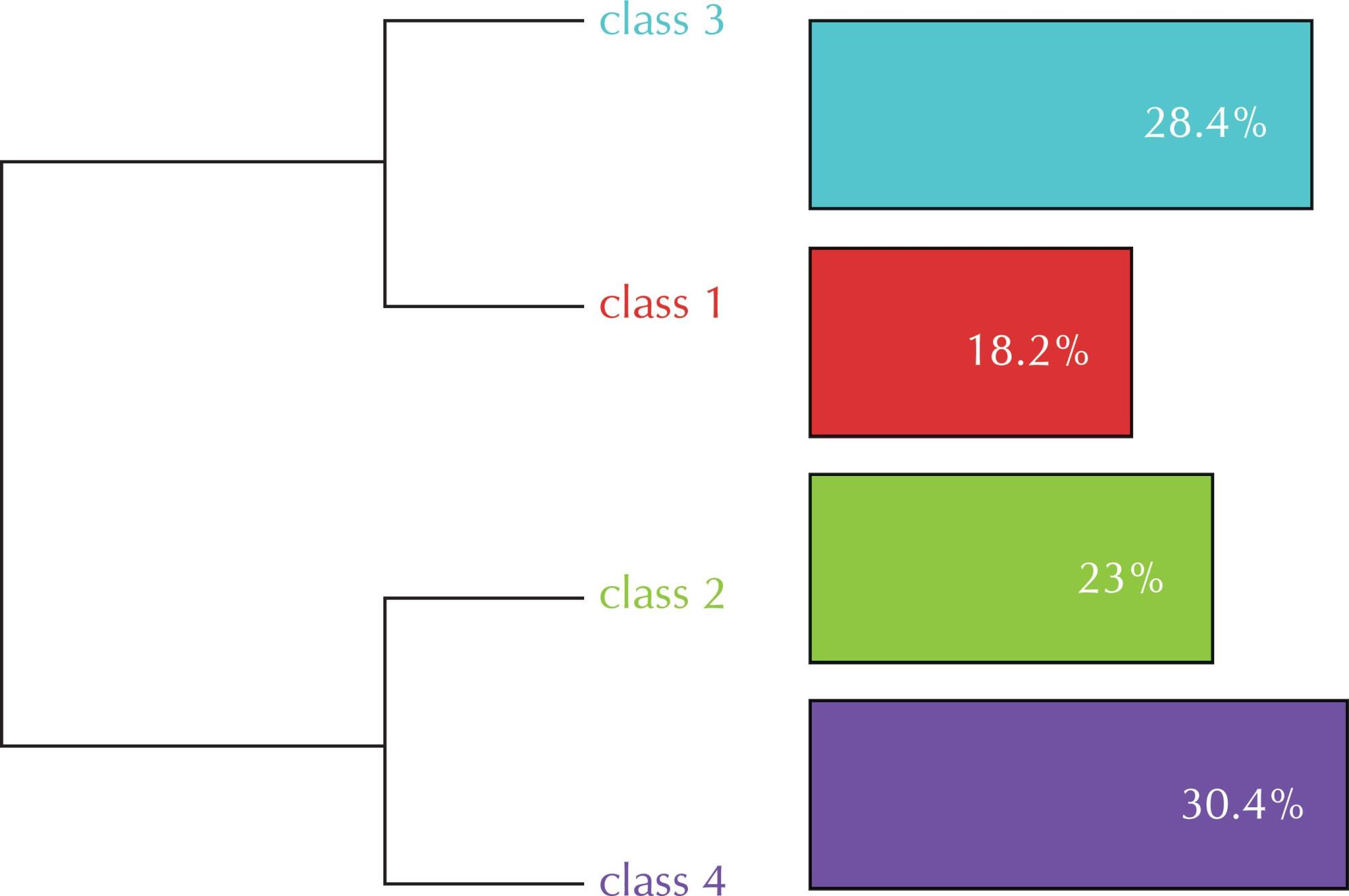
-
01-01-2016
Prevalence of medication therapy adherence in the elderly and related factors
Revista Brasileira de Enfermagem. 2016;69(2):335-342
Abstract
Prevalence of medication therapy adherence in the elderly and related factors
Revista Brasileira de Enfermagem. 2016;69(2):335-342
DOI 10.1590/0034-7167.2016690217i
Views0See moreABSTRACT
Objective:
to determine the prevalence of adherence to medication therapy in elderly outpatients; to verify whether there is an association between medication therapy adherence and demographic and socioeconomic factors, health conditions.
Method:
a quantitative, exploratory, descriptive, cross-sectional study, performed in outpatient clinics of a university hospital in Rio Grande do Sul, Brazil. Three data collection instruments were answered by a convenience sample of 107 elders. A descriptive and inferential statistical analysis was conducted.
Results:
the prevalence of adherence was 86.9%. A statistically significant association was identified between the adherence variable and receiving medical guidelines on how to take medications, and having adverse reactions. Conclusion: Nurses must know the prevalence of medication adherence and related factors in order to plan interventions that promote therapeutic success.
Conclusion:
Nurses must know the prevalence of medication adherence and related factors in order to plan interventions that promote therapeutic success.
-
01-01-2016
Family farming and human and environmental health conservation
Revista Brasileira de Enfermagem. 2016;69(2):326-334
Abstract
Family farming and human and environmental health conservation
Revista Brasileira de Enfermagem. 2016;69(2):326-334
DOI 10.1590/0034-7167.2016690216i
Views0See moreABSTRACT
Objective:
understand how farmers identify positive and negative impacts of family farming work on the environment and conserve the environmental health.
Method:
a qualitative study with 129 farmers from Ilha dos Marinheiros, Rio Grande, Brazil. Secondary data and recorded interviews were used in this study, with subsequent analysis performed by Bardin and NVivo10, both based on Enrique Leff’s cultural rationality.
Results:
the positive impacts included food production with responsibility, work appreciation, and the correct, minimum or inexistent insertion of agrochemicals. The negative aspects included excessive and incorrect use of agrochemicals and absent farming knowledge.
Conclusion:
environmental conservation consisted in reducing impacts that could have a negative effect on health, while performing work activities.
Search
Search in:
Nuvem de Tags
Enfermagem (930)Cuidados de Enfermagem (269)Atenção Primária à Saúde (239)Idoso (208)Educação em Enfermagem (151)Segurança do Paciente (150)Saúde Mental (145)Educação em Saúde (139)Estudos de Validação (131)Qualidade de Vida (104)Tecnologia Educacional (100)Promoção da Saúde (99)COVID-19 (91)Criança (91)Família (87)Enfermagem Pediátrica (86)Saúde do Trabalhador (86)Adolescente (85)Saúde Pública (82)Estudantes de Enfermagem (77)






